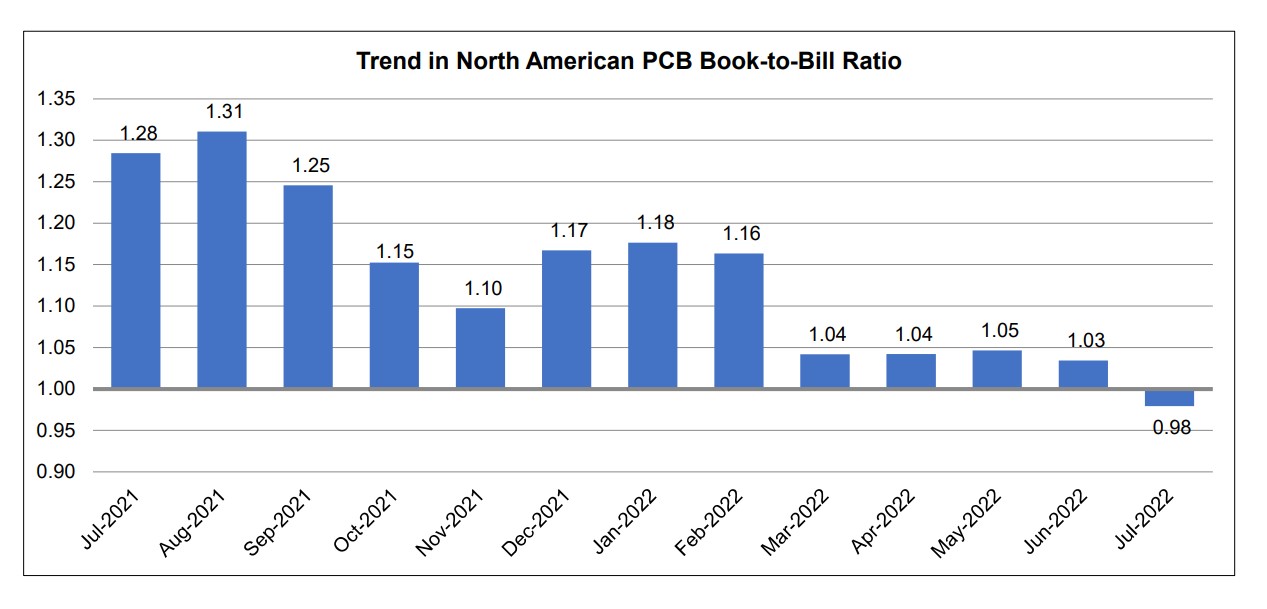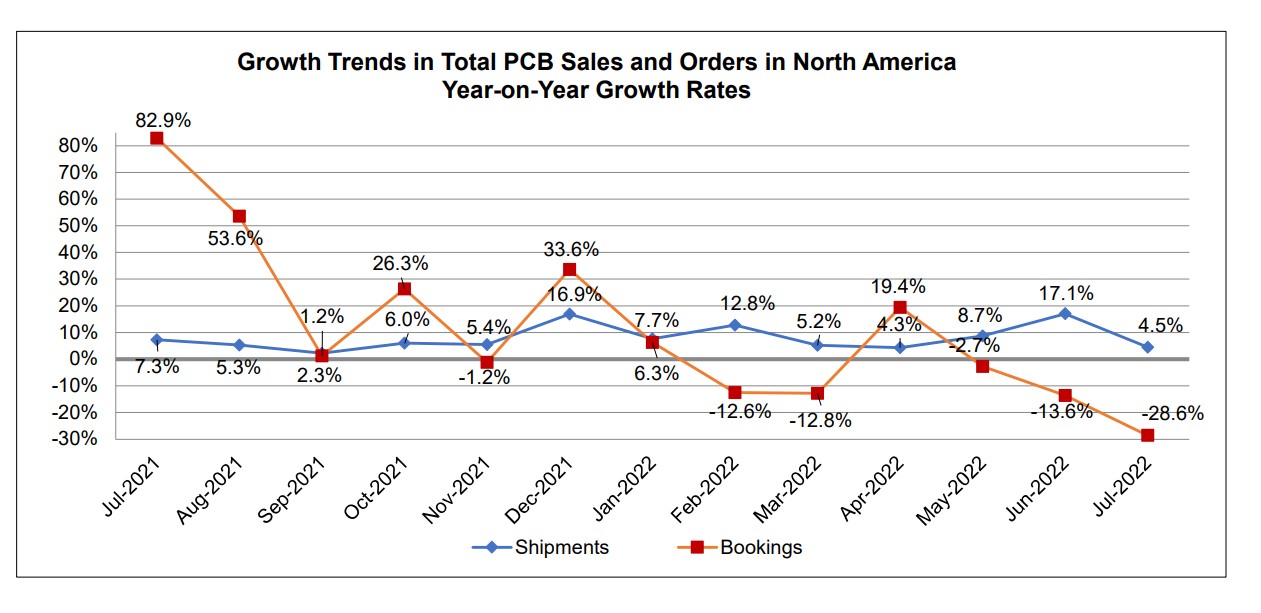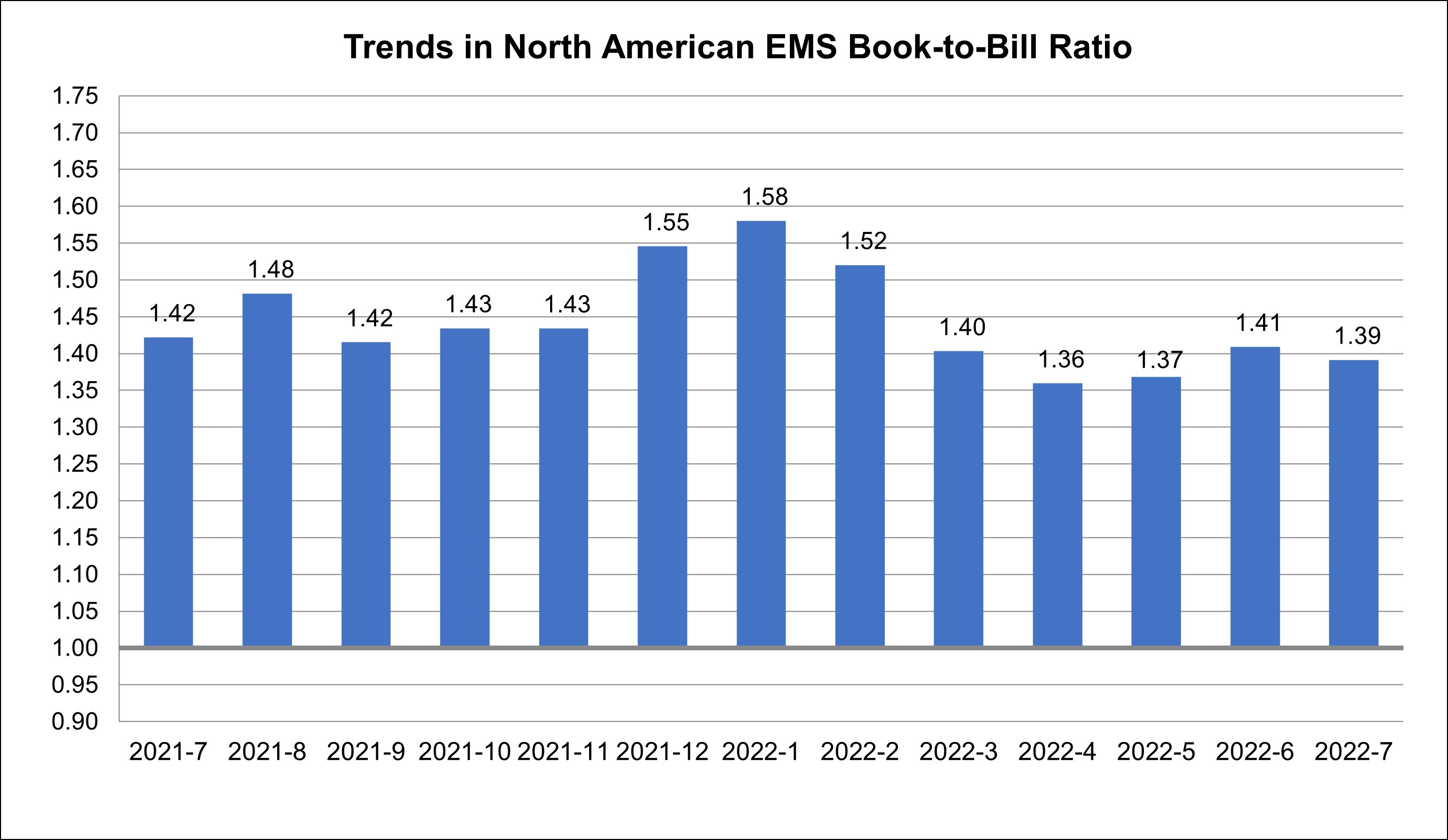Four Things to Know About IPC’s Recently Released “Quality Benchmarks for the Electronics Assembly Industry”
By Stephanie McCoy, Manager, Industry Intelligence
IPC has recently released “Quality Benchmarks for the Electronics Assembly Industry,” a biennial report that compiles and analyzes survey results from over 50 assembly companies, mostly comprised of contract electronics manufacturing service (EMS) companies and original equipment manufacturers (OEMs). The in-depth quantitative survey asked participants various questions regarding the capacity in which various quality tools and test methods are being utilized, the general internal challenges that many companies are facing, internal quality performance, non-conformance costs and the overall quality results to customers.
Background/Demographic
About two-thirds of the respondents represent EMS companies and about one-fourth represent OEMs. The size of companies in terms of revenue varied greatly, with ¾ of companies reporting revenue under $100M. North American assembly companies accounted for more than half of respondents, with Asia Pacific and European companies contributing a considerable amount of representation as well.
Trends in Quality Tools, Certifications, and Test Methods
Many companies reported an increased growth in capabilities and value-add services; the exact percentage of companies producing various product types and services is published within the study. Moreover, many companies are producing products that fall into IPC Usage Class 2 or 3. The study also reveals the percentage of companies utilizing common types of quality controls, such as Statistical Process Control (SPC), First-Pass Yields, and Incoming Inspection. There is also a significant shift shown in the study in the number of companies tracking defect rates in defects per million opportunities (DPMO) at testing, as well as commentary to explain why this shift has occurred. Prevalent certifications are also explored within the study. For instance, 44% of respondents have received AS 9100 with another 5% in the process of receiving the certification. Other certifications, such as ISO 9001 and ISO 14001 are listed within the study along with the percentage of companies that have obtained them.
Significant Internal Challenges Among Companies
Internal company trends involving inventory accuracy, costs of rework and scrap, as well as yields of key processes are also investigated within the study. Having high inventory accuracy results in decreased downtime, increased cost reduction, and increased customer satisfaction by being able to deliver products on time. Survey results indicated that for SMT components, the average inventory accuracy across assembly companies is 88.7% while PTH components had an inventory accuracy of 74.8% calculated similarly, both representing a substantial drop from the prior survey.
The average cost of rework and scrap as a percentage of cost of goods also reported significant increases and is analyzed in more detail within the report. Other metrics explored within the study are supplier on-time deliveries, average yield, as well as the average defect rate. The average yield gives the number of boards passed at final inspection as a percentage of the total number of boards that originally started production. The mean average yield among companies over the past year, along with the average defect rate, is included in the report so companies can see exactly where they fall. A low average yield or high average defect rate could be detrimental to increasing cost reduction and competitiveness.
Trends in Overall Quality Performance to Customers
With ever-increasing complexity in components, spacing, etc., it’s important for assembly companies to maintain customer satisfaction. The quality benchmark study displays average rate of customer returns in parts per million. The report also investigates correlations between certain types of testing and customer return rates. Companies also recognize the importance of having methods and measurement systems in place in order to assess the customer’s perception of performance. About four-fifths of companies indicate they have such a system in place.
For detailed statistics with analysis, the full report is available for purchase on IPC’s store. For additional information on IPC’s industry intelligence program, visit www.ipc.org/advocacy/industry-intelligence.



